Challenges In Embedded Computing System Design
Challenges in embedded computing system design. Like if in IoT a thermostat that doesnt turn on the heat when needed causing household water pipes to freeze and burst. It is also expensive and requires long design times. Embedded systems interact with the physical world.
Challenges in Embedded Computing 1. Characteristics of Embedded Computing To provide sophisticated Complex Algorithms User Interface To meet. Take advantage of application characteristics to optimize the design.
The first universal challenge in systems design is the construction of systems whose behaviour can be predicted. ZEmbedded systems pose many design challenges. Designing hardware for embedded systems is challenging because the designers have to be very very careful for a lot of reasons.
In our opinion the Embedded Systems Design Challenge raises not only technology questions but more importantly it requires the building of a new scientific foundation a foundation that systematically and even-handedly integrates from the bottom up computation and physicality 14. Limited observability and controllability. The sources that make the design so difficult are.
Receiver CPU limited to 5 MHz by RFI concerns RF interference Transmitter limited to 1 MHz Cryptographic algorithms were tailored to minimize clock cycles memory. Any device that includes a programmable computer but is not itself a general-purpose computer. Security processing which refers to the computations that must be performed in a system for the purpose of security can.
We call for a coherent sci- entific foundation for embedded systems design and we discuss a few key demands on such a foundation. 2 Current Scientific Foundations for Systems Design. In embedded systems the interesting aspects of system behaviour encompass not only functionality but also reaction and execution properties such as timing and resource consumption.
However there are downsides to hardware implementation it doesnt provide high flexibility. The challenges unique to embedded systems require new approaches to security covering all as-pects of embedded system design from architecture to implementation.
We call for a coherent sci- entific foundation for embedded systems design and we discuss a few key demands on such a foundation.
Safety is one of the prime concerns and challenges in embedded systems. Security processing which refers to the computations that must be performed in a system for the purpose of security can. Challenges in Embedded Computing 1. It is also expensive and requires long design times. The first universal challenge in systems design is the construction of systems whose behaviour can be predicted. Design time deadlines power etc. However there are downsides to hardware implementation it doesnt provide high flexibility. In embedded systems the interesting aspects of system behaviour encompass not only functionality but also reaction and execution properties such as timing and resource consumption. Receiver CPU limited to 5 MHz by RFI concerns RF interference Transmitter limited to 1 MHz Cryptographic algorithms were tailored to minimize clock cycles memory.
It is also expensive and requires long design times. In our opinion the Embedded Systems Design Challenge raises not only technology questions but more importantly it requires the building of a new scientific foundation a foundation that systematically and even-handedly integrates from the bottom up computation and physicality 14. We call for a coherent sci- entific foundation for embedded systems design and we discuss a few key demands on such a foundation. Challenges in Embedded Computing 1. Security processing which refers to the computations that must be performed in a system for the purpose of security can. It is also expensive and requires long design times. The sources that make the design so difficult are.

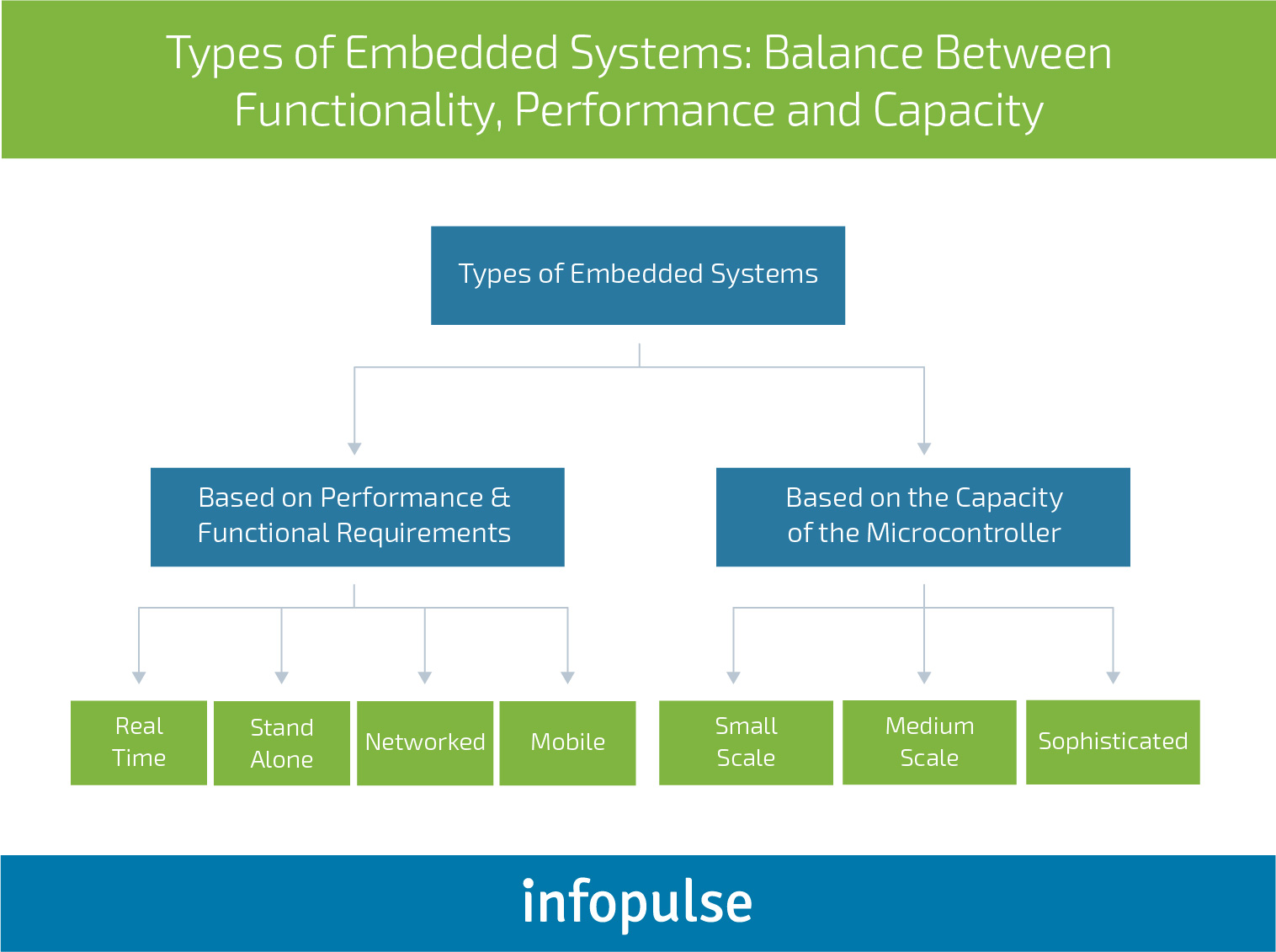


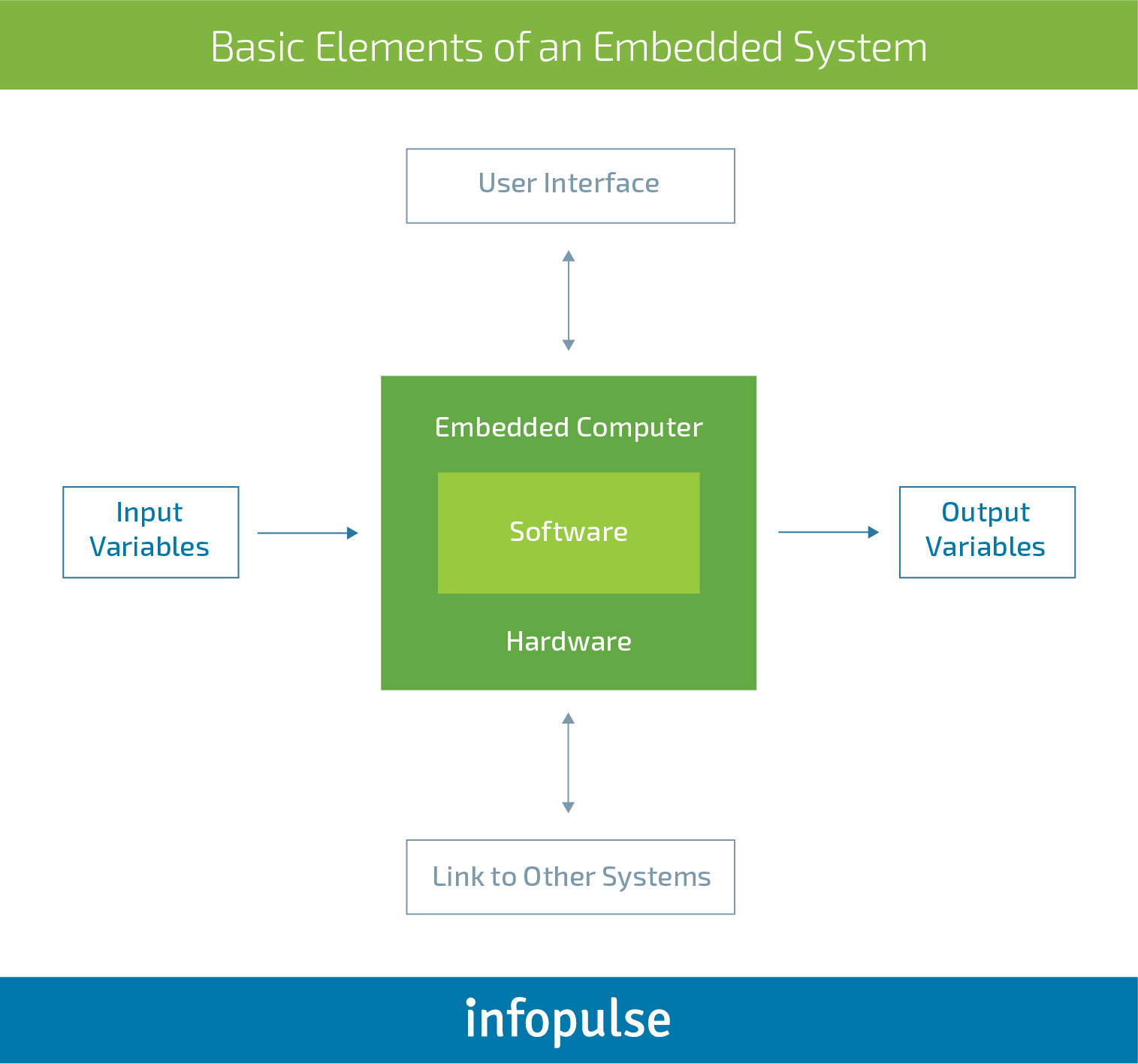

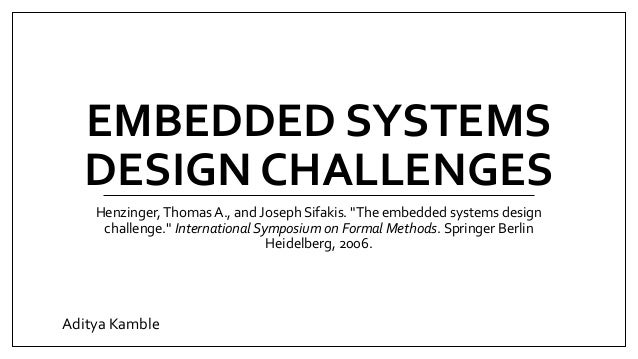


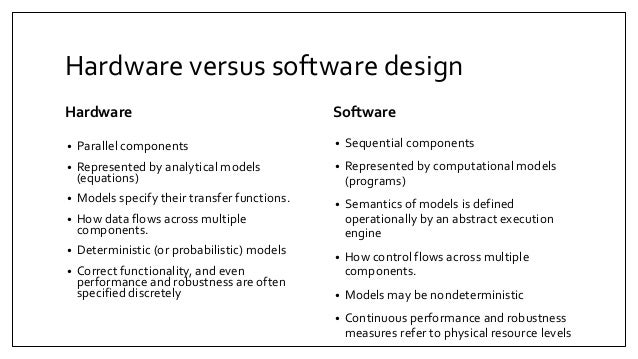

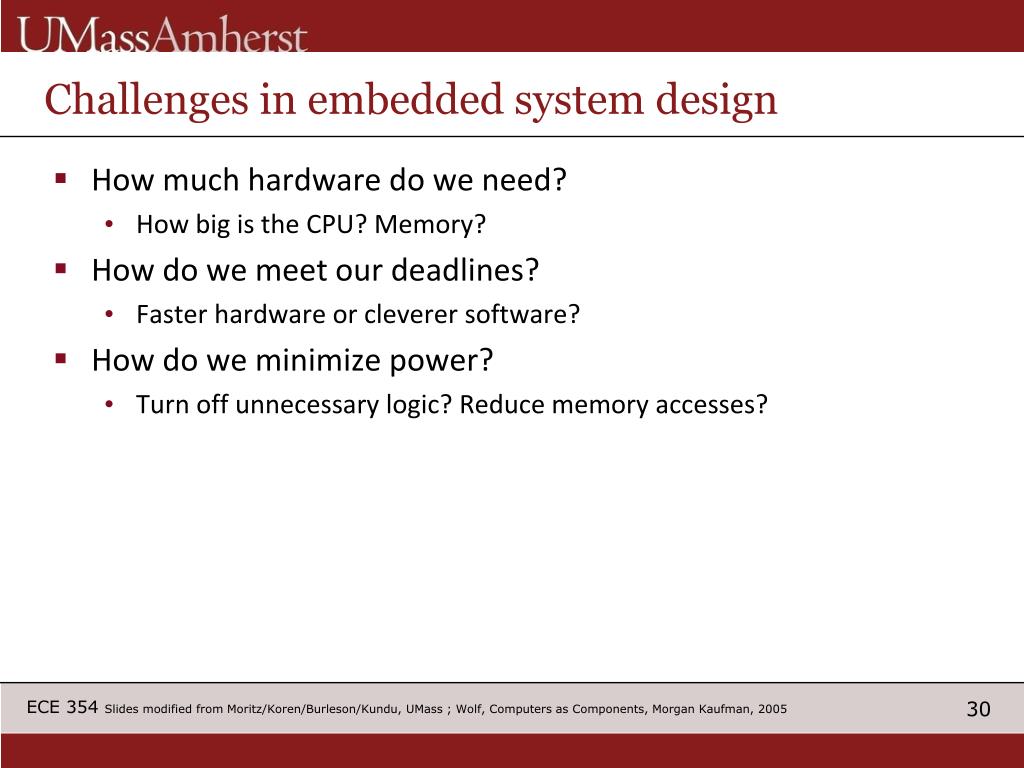

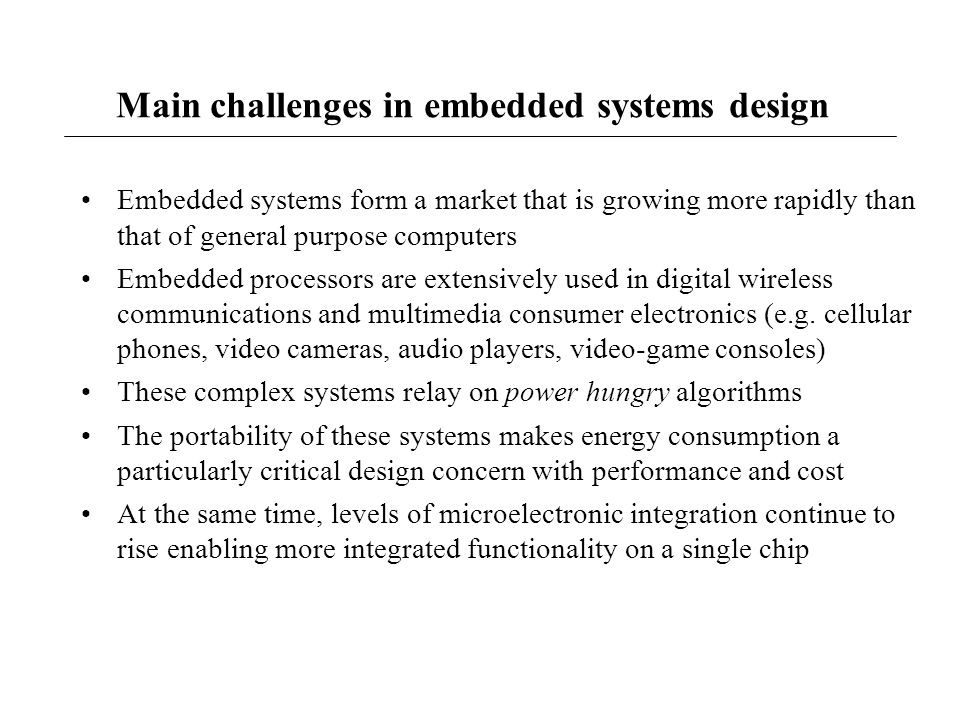












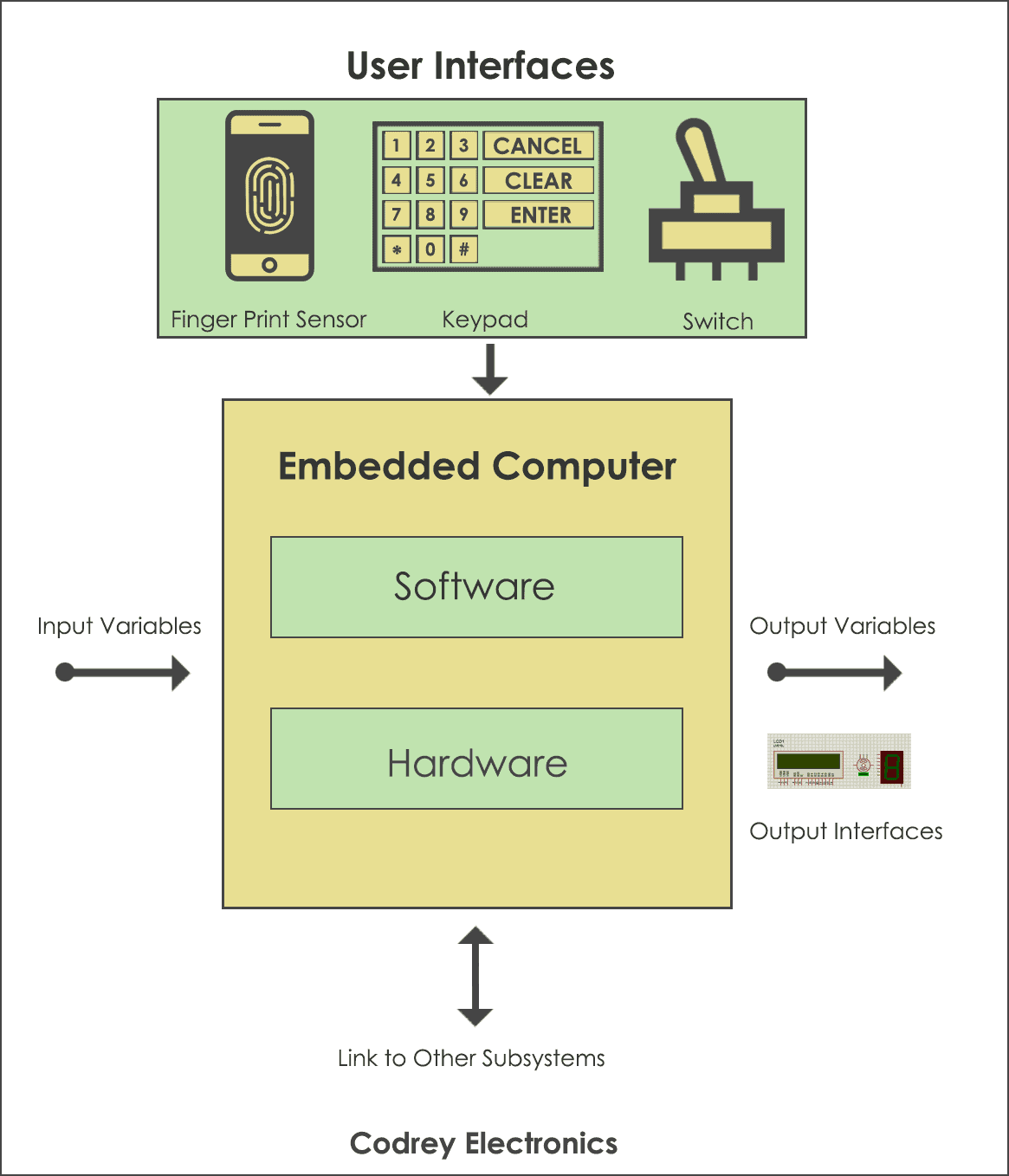


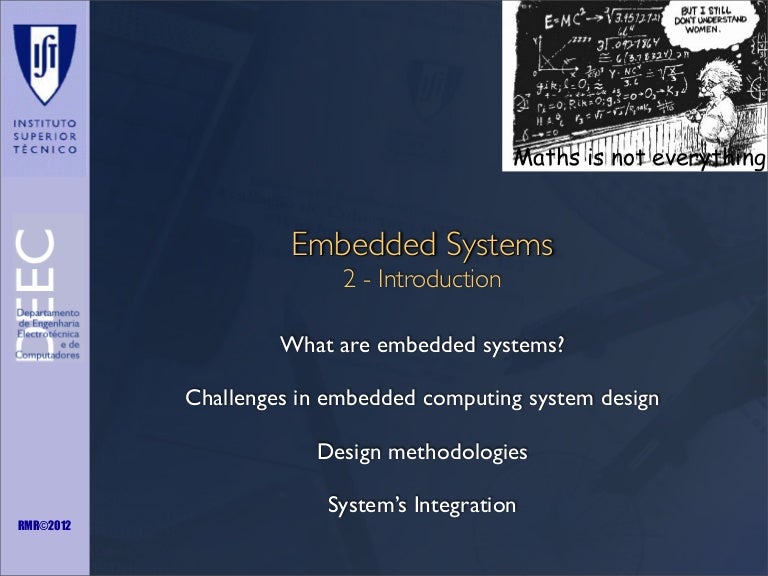
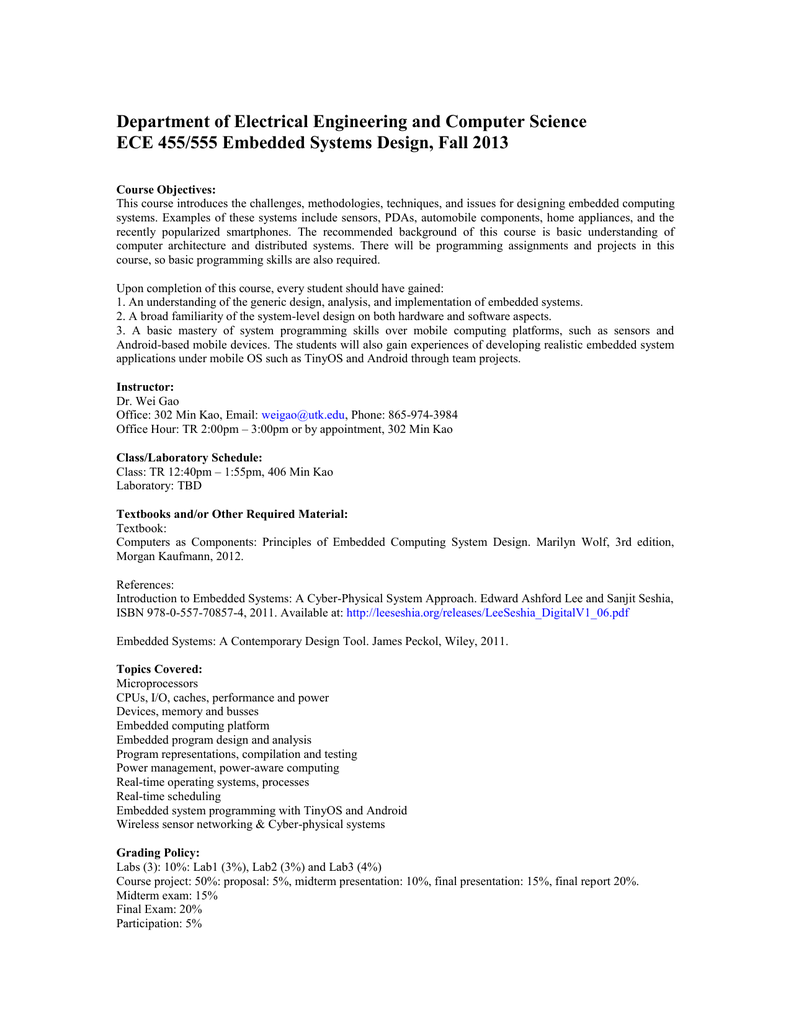
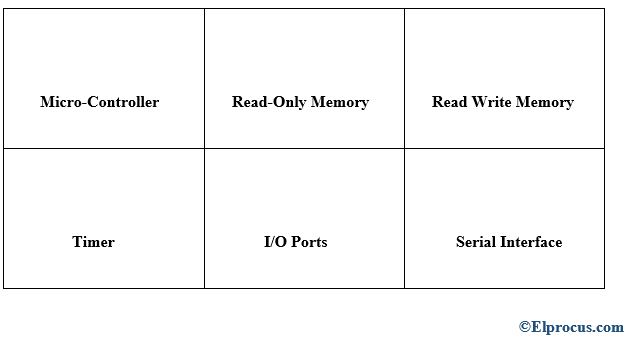



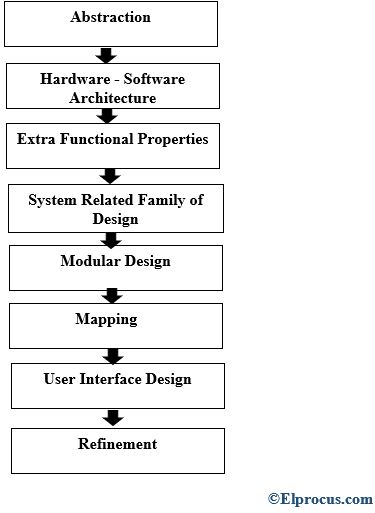




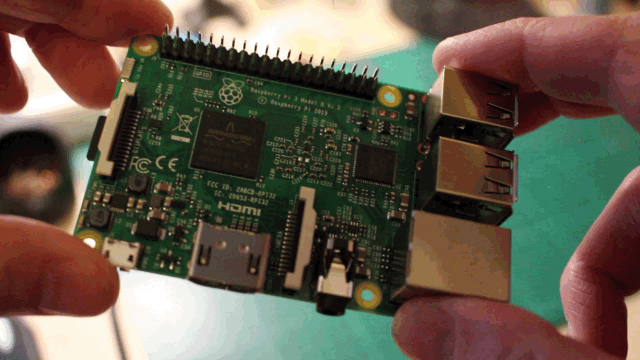


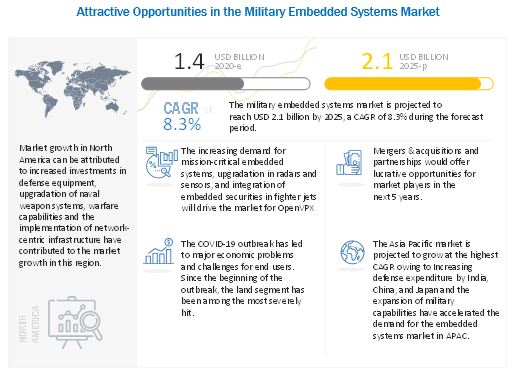
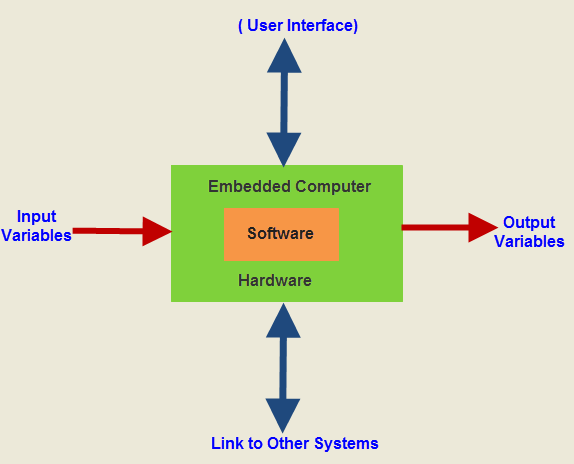


Post a Comment for "Challenges In Embedded Computing System Design"